Five Ways To Lower Your Cholesterol Without Drugs
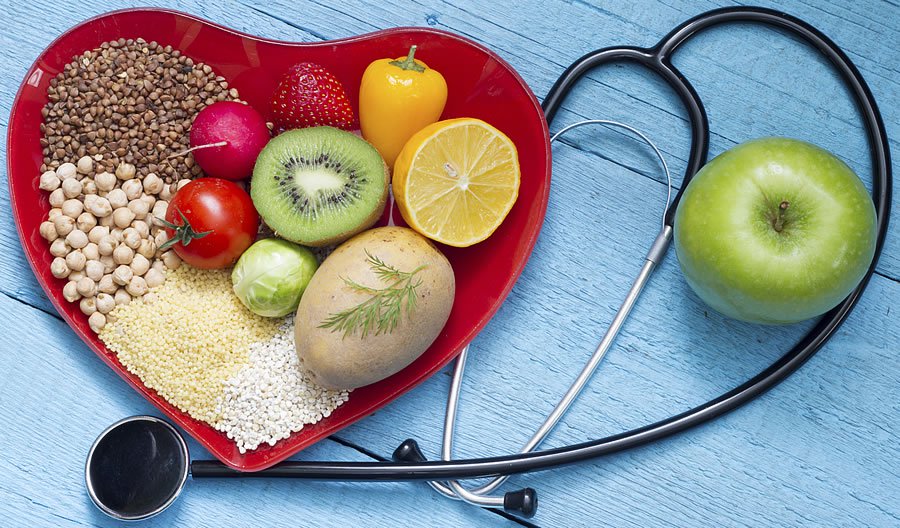 It’s not easy but worth it. Have you heard that statement before? Well protecting our heart health is pretty important, but it takes effort. We all want to live longer and with a fantastic quality of life. Losing weight, preventing cancer and diabetes, improving our cholesterol numbers require our attention. Guess what? They are all diet-related. In my work as a registered dietitian over the last 35 years, I can attest that so many medical problems can be resolved, so much medication can be avoided if we only made a more concerted, conscientious effort to eat more healthfully. So I’ll say it again, it’s not easy, but worth it. Here are my top Five Ways To Lower Your Cholesterol Without Drugs:
It’s not easy but worth it. Have you heard that statement before? Well protecting our heart health is pretty important, but it takes effort. We all want to live longer and with a fantastic quality of life. Losing weight, preventing cancer and diabetes, improving our cholesterol numbers require our attention. Guess what? They are all diet-related. In my work as a registered dietitian over the last 35 years, I can attest that so many medical problems can be resolved, so much medication can be avoided if we only made a more concerted, conscientious effort to eat more healthfully. So I’ll say it again, it’s not easy, but worth it. Here are my top Five Ways To Lower Your Cholesterol Without Drugs:
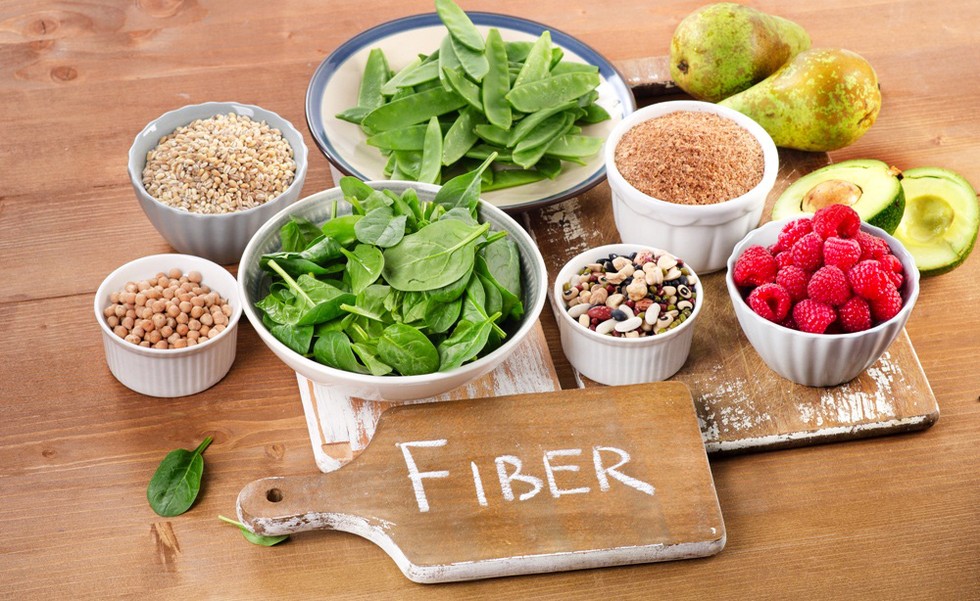 1-Eat more fiber-rich foods, especially soluble fibers.
1-Eat more fiber-rich foods, especially soluble fibers.
Foods naturally rich in soluble fiber have proven particularly good at lowering cholesterol. Excellent sources include oats, oat bran, barley, peas, yams, sweet potatoes and other potatoes, as well as legumes or beans, such as pinto beans, black beans, garbanzo beans, and peas. Vegetables rich in soluble fiber include carrots, Brussels sprouts, beets, okra, and eggplant. Good fruit sources are berries, passion fruit, oranges, pears, apricots, nectarines, and apples.
Meal Planning Tips:
- Always include fiber-rich foods at every meal, especially Beans, Oats, Berries, Barley, Yams (BOBBY)
- Try a few of these tasty recipes from the blog: Refried Pinto Bean Dip, Apple Carrot Salad with Poppyseed Dressing, Roasted Butternut Squash and Black Bean Quesadillas
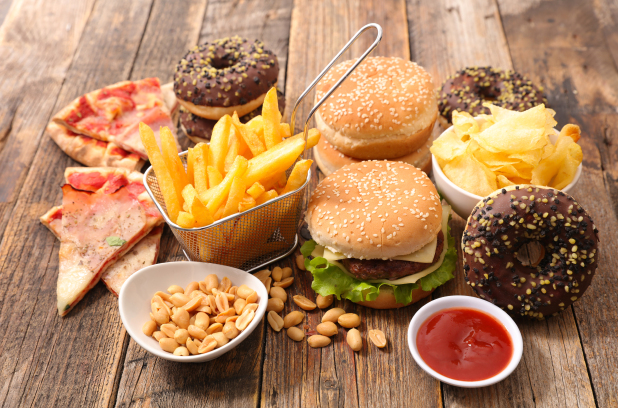
2-Limit your intake of foods full of saturated fats, trans fats, and dietary cholesterol.
Foods with a lot of saturated fat include butter, fatty flesh like red meat, full-fat and low-fat dairy products, palm oil, and refined coconut oil.
If you see partially hydrogenated fat in the Ingredient List of a food label, that food has trans fats; you should toss it. Food manufacturers started using trans fats because they extend the shelf life of packaged baked goods. Fast-food took to them because they can be reused again and again.
Foods high in cholesterol are egg yolks, organ meats and shellfish.
Meal Planning Tips:
- Choose nonfat or low-fat dairy foods – 2 servings per day
- Limit your intake of meat, poultry, and fish—4 to 6 ounces per day. (Choose salmon, sardines and trout whenever possible)
- Limit eggs to four yolks per week, unlimited egg whites.
- You might enjoy: Spring Vegetables and Feta Quiche with Quinoa Crust, Chicken Avocado Caprese Salad, Maple Walnut-Crusted Salmon
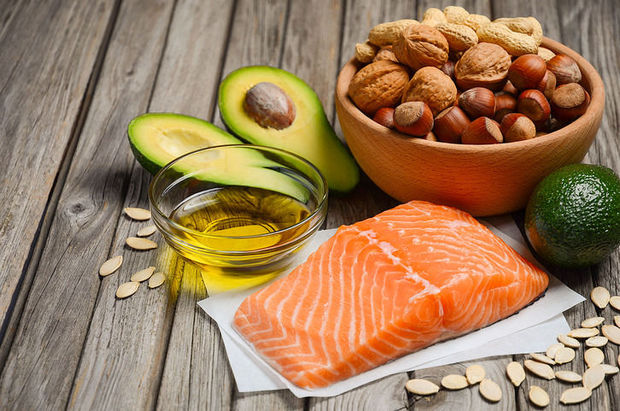 3-Eat more foods high in monounsaturated fats.
3-Eat more foods high in monounsaturated fats.
This is the good news about lowering cholesterol. In addition to talking about what NOT TO eat, let’s talk about what TO eat. Most plant-derived oils, including canola, safflower, sunflower, olive, grapeseed, and peanut oils, contain both. Fatty fish (such as salmon, tuna, trout, herring, and mackerel), seeds, nuts, avocados and soybeans are also great sources.
Meal Planning Tips:
- Add nuts and seeds to stir-fry recipes, salads and sprinkle on top of Greek yogurt
- Share a half of an avocado to reap the benefits of healthy fats
- You might enjoy: Grilled Chicken and Tomato Avocado Salad, Strawberry Avocado Salad with Honey Glazed Salmon, The Best Homemade Granola Ever, Homemade Aussie Bites
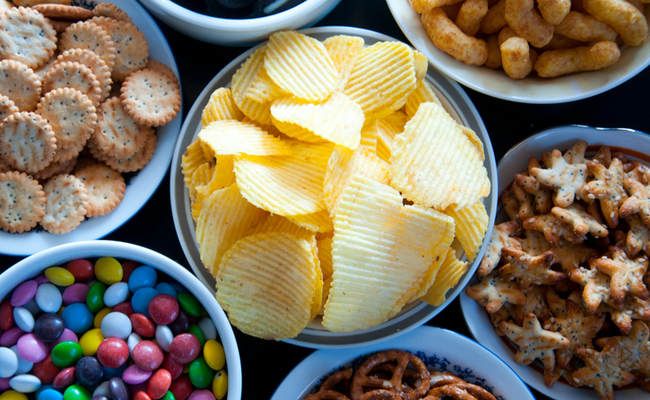 4-Cut back on refined sugar and grains
4-Cut back on refined sugar and grains
This tip is the corollary to tip number 1 which is all about adding fiber to your diet. Refined sugar and grains are void of fiber. Whole grains are a good source of fiber. Instead of refined flour and white rice, try whole-wheat flour and brown or wild rice. Old-fashioned oatmeal is also a good choice, but not the quick-cooking versions, which have had much of the fiber processed out.
Sugar causes a rise in the hormone insulin. Insulin’s job is to not only lower the amount of sugar building up in the blood stream, but also to cause that sugar to be stored as fat. Your goal should be to keep blood sugar as steady as possible so as to limit the need for added insulin.
Meal Planning Tips:
- When you occasionally eat a high sugar food, try to eat it with a meal rather than on an empty stomach. The proteins and fats in the meal will delay the absorption of the sugar and keep your blood sugar more steady.
- Skip the cracker and chips aisle. Except for Triscuits and Wheat Thins, there are few choices with more than 1 gram fiber per serving.
- Check food labels on cereal boxes and bread. Always look for whole grain or 100% whole wheat as the first ingredient on the label. If the label says “enriched wheat flour” put it back. An enriched flour means that over 30 nutrients are stripped away with only 5 nutrients added back as required by the FDA.
- You might enjoy: Kale and Quinoa Salad with Lemon Oregano Dressing, Chicken Vegetable Rice Bowls,
 5-Increase plant sterols and stanols also called phytosterols
5-Increase plant sterols and stanols also called phytosterols
Phytosterols are naturally occurring substances found in plants. The average American gets about 250 mg per day, however, the National Cholesterol Education Program recommends that people who have high cholesterol get 2000 mg per day.
Wheat germ, wheat bran, peanuts, vegetable oils (corn, sesame, canola and olive oil), almonds and Brussels sprouts contain plant stanols and sterols. Smaller amounts are found in other vegetables and some fruits. Because it’s hard to get enough plant sterols/stanols from foods, food companies have begun to add plant sterols or stanols to some of their food products, such as vegetable oil spreads, mayonnaise, yogurt, milk, orange juice, cereals and snack bars.
Plant sterols and stanols are also available as a supplement; talk to your healthcare provider before taking a phystosterol supplement.
*****
For more information check out this great article about the “11 Foods That Lower Cholesterol” from the Harvard School of Medicine.

